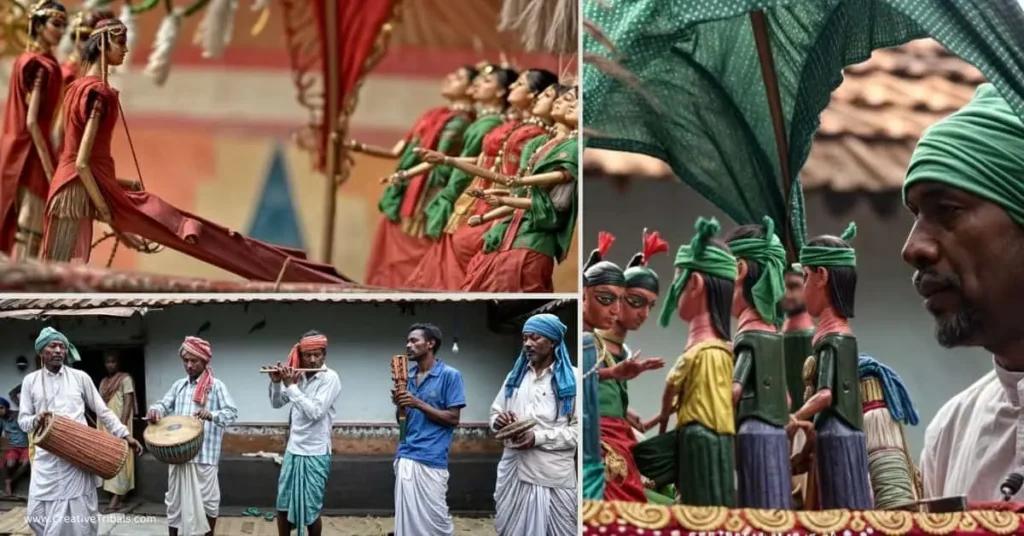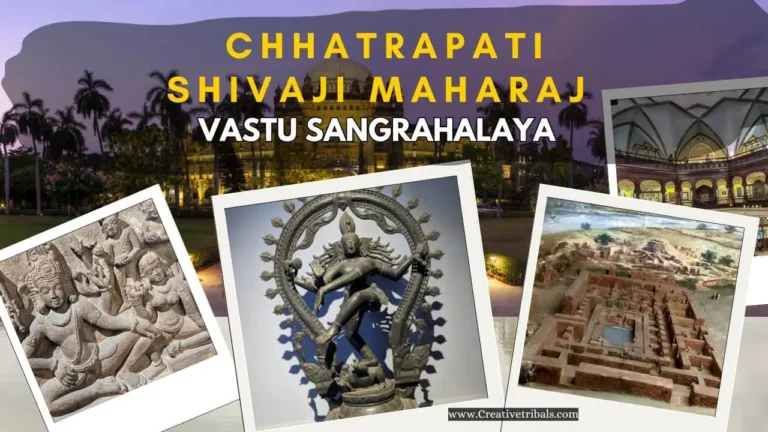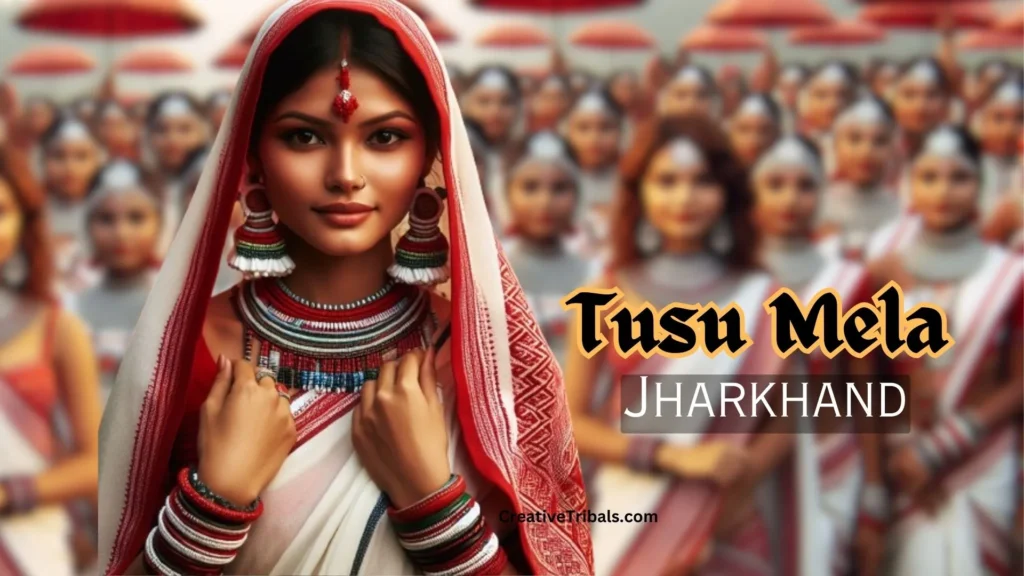

Introduction
Puppet show, known as Chadar Badoni चादर बादोनी in the Santhal community, are a timeless form of storytelling that have captivated audiences for centuries. Among the many cultural traditions of the Santhal people, one of the largest indigenous tribes in India, Puppet show holds a special place. These shows are not just entertainment; they are a medium through which the Santhal people preserve and transmit their cultural heritage, social values, and oral traditions. This article explores the various facets of Puppet shows चादर बादोनी in the Santhal community, including their history, types, themes, performance techniques, cultural significance, and the challenges they face in the contemporary world.
Historical Background
The tradition of puppet show in the Santhal community dates back to ancient times. Initially developed as a form of entertainment and a means of passing down stories from one generation to the next, puppet shows have evolved into a sophisticated art form. The Santhal people’s close relationship with nature and their animistic beliefs have profoundly influenced their puppet shows. Over the years, puppet shows have become an essential part of Santhal cultural celebrations and community gatherings, reflecting their societal values and spiritual beliefs.
Types of Puppet Shows
Santhal puppet show can be broadly categorized into two main types: string puppets (marionettes) and rod puppets. Each type has its distinct characteristics and methods of operation, adding to the diversity and richness of the tradition.
1. String Puppets (Marionettes):
String puppets are controlled using strings attached to various parts of the puppet’s body, allowing for intricate and lifelike movements. The puppeteer manipulates the strings to bring the puppet to life, often making it appear as though it is dancing, fighting, or engaging in dialogue. These puppet shows require a high level of craftsmanship, as the puppets must be precisely balanced and jointed to ensure smooth and realistic movement.
2. Rod Puppets:
Rod puppets are manipulated using rods attached to the puppet’s limbs and head. This method allows for more direct and controlled movements, enabling the puppeteer to convey emotions and actions with greater precision. Rod puppets are typically larger and more robust than string puppets and are often used to depict more dramatic or action-packed scenes in puppet shows.
Themes and Stories
The themes and stories portrayed in Santhal puppetry are deeply rooted in the community’s cultural and social fabric. These narratives often encompass a wide range of subjects, from mythology and folklore to contemporary social issues. Some of the most common themes include:
1. Mythological Tales:
Santhal mythology is rich with stories of gods, goddesses, and legendary heroes. These mythological tales often serve as the foundation for many puppetry performances. For example, stories of Marang Buru, the great mountain deity, and Jaher Ayo, the forest goddess, are frequently depicted in puppet shows. These performances not only entertain but also reinforce the community’s spiritual beliefs and cultural values.
2. Folklore and Legends:
Folklore and legends are integral to Santhal puppet shows. These stories often revolve around wise elders, brave warriors, and cunning animals, each carrying a moral lesson or reflecting the values of the Santhal community. One popular folk tale is the story of Hiran Kumar, a brave young man who outwits a tiger to save his village. Such tales are passed down through generations, preserving the oral traditions and collective memory of the Santhal people.
Another significant aspect of Santhal folklore in चादर बादोनी is the inclusion of historical figures such as Sidhu and Kanhu Murmu. These two brothers are celebrated heroes in Santhal history for their leadership in the Santhal Rebellion (1855-1856) against British colonial rule. Their story is a powerful narrative of resistance and bravery, inspiring the community and reminding them of their struggle for freedom and justice. Puppet shows depicting Sidhu and Kanhu Murmu emphasize themes of courage, resilience, and the fight against oppression, making these performances particularly poignant and educational.
3. Social and Contemporary Issues:
In addition to traditional stories, Santhal puppetry also addresses contemporary social issues. Puppetry is used as a powerful tool for education and awareness, tackling subjects such as health, hygiene, gender equality, and social harmony. Through engaging narratives and relatable characters, puppetry performances can effectively communicate important messages and inspire positive change within the community.


Performance and Technique
Santhal puppet shows are characterized by their vibrant and dynamic nature. These performances are often held during festivals, community gatherings, and special occasions, providing entertainment and fostering a sense of communal identity. The puppeteers, who are typically skilled artisans, play a crucial role in bringing the puppets to life through their mastery of manipulation, voice modulation, and storytelling.
Creation of Puppets:
The creation of puppets is a meticulous process involving several steps. The puppets are usually made from locally available materials such as wood, cloth, and paint. The artisans carve the puppet’s body parts with precision, ensuring that each joint is properly aligned for smooth movement. Once the carving is complete, the puppets are painted and adorned with colorful costumes and accessories, reflecting the characters they are meant to portray.
Manipulation and Performance:
The manipulation of puppets requires a high degree of skill and coordination. The puppeteer uses strings or rods to control the puppet’s movements, synchronizing them with the narrative and musical accompaniment. The puppeteer’s voice plays a crucial role in the performance, as they provide dialogue, sound effects, and narration. The combination of physical manipulation and vocal expression creates a captivating and immersive experience for the audience.
Musical Accompaniment:
Music is an integral part of Santhal puppet shows. Traditional Santhal instruments such as the dhol (drum), banam (string instrument), and tamak (drum) provide the rhythmic and melodic backdrop for the puppet shows. The music not only enhances the storytelling but also adds to the overall atmosphere, drawing the audience into the narrative.


Cultural Significance of Puppet Shows
Puppet shows hold a special place in Santhal culture, serving as a vital means of preserving and transmitting their heritage. They are more than just an art form; they are a repository of the community’s collective memory, values, and traditions. Through puppet shows, the Santhal people connect with their past, celebrate their present, and pass on their cultural legacy to future generations.
1. Preservation of Oral Traditions:
Puppet shows play a crucial role in preserving the oral traditions of the Santhal community. Many of the stories and legends depicted in puppet shows have been passed down through generations, maintaining the continuity of the community’s cultural narratives. This oral tradition is essential for the preservation of the Santhal language, which is rich with idiomatic expressions, proverbs, and folk songs.
2. Community Bonding and Identity:
Puppet shows often serve as communal events that bring people together. These gatherings foster a sense of belonging and strengthen social bonds within the community. The shared experience of watching a puppet show creates a collective memory, reinforcing the community’s identity and solidarity.
3. Education and Social Awareness:
Beyond entertainment, puppet shows are a powerful tool for education and social awareness. By addressing contemporary issues such as health, hygiene, and social justice, puppet shows inform and inspire the community. The engaging nature of puppet shows makes them an effective medium for communicating important messages and promoting positive social change.
Challenges and Preservation Efforts
Despite their cultural significance, Santhal puppet shows face several challenges in the modern era. The advent of mainstream media, changing entertainment preferences, and economic pressures have led to a decline in traditional puppet show practices. However, there are ongoing efforts to revive and preserve this art form, ensuring that it continues to thrive for future generations.
1. Decline in Audience and Practitioners:
One of the primary challenges facing Santhal puppet shows is the decline in audience interest. With the rise of television, cinema, and digital media, traditional forms of entertainment have taken a backseat. Additionally, the younger generation is often less inclined to pursue puppetry as a profession, leading to a decrease in the number of skilled practitioners.
2. Economic Pressures:
Economic pressures also pose a significant challenge. Many puppeteers struggle to make a sustainable living from their craft, leading them to seek alternative sources of income. This economic instability threatens the continuity of the tradition, as fewer individuals are willing or able to dedicate themselves to puppetry full-time.
3. Preservation and Revival Efforts:
Despite these challenges, there are concerted efforts to preserve and revive Santhal puppet shows. Cultural organizations, non-governmental organizations (NGOs), and government initiatives play a crucial role in promoting and supporting traditional arts. Workshops, training programs, and cultural festivals provide platforms for puppeteers to showcase their skills and reach wider audiences.
4. Integration with Modern Media:
Some practitioners are exploring ways to integrate traditional puppet shows with modern media and technology. By incorporating elements such as video projection, digital storytelling, and social media, puppeteers can attract new audiences and keep the art form relevant in contemporary society.
Santhal puppet shows are a unique and invaluable aspect of the Santhal community’s cultural heritage. They are a testament to the creativity, resilience, and deep-rooted connection of the Santhal people to their traditions. Through their intricate craftsmanship, captivating performances, and rich narratives, Santhal puppet shows continue to enchant audiences and preserve the community’s collective memory.
As we look to the future, it is essential to support and promote the preservation of this art form. By recognizing the cultural significance of Santhal puppet shows and addressing the challenges they face, we can ensure that this timeless tradition continues to thrive, enriching our cultural landscape and inspiring generations to come. Through sustained efforts in education, awareness, and innovation, Santhal puppet shows can remain a vibrant and dynamic expression of the Santhal people’s identity and heritage.
Sal Tree Worship and Conservation in Jharkhand : Preserving Heritage and Ecosystems
https://creativetribals.com/earth-day-2024/









